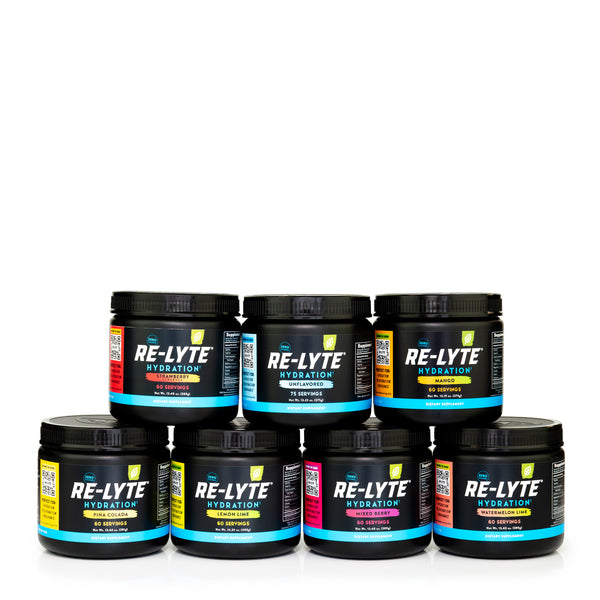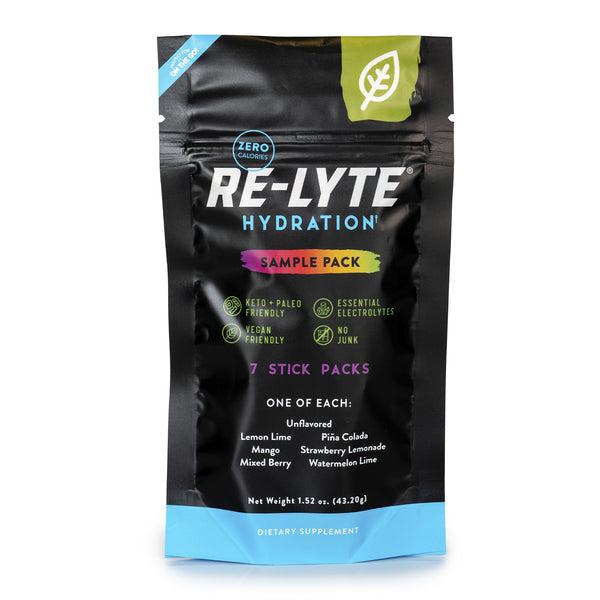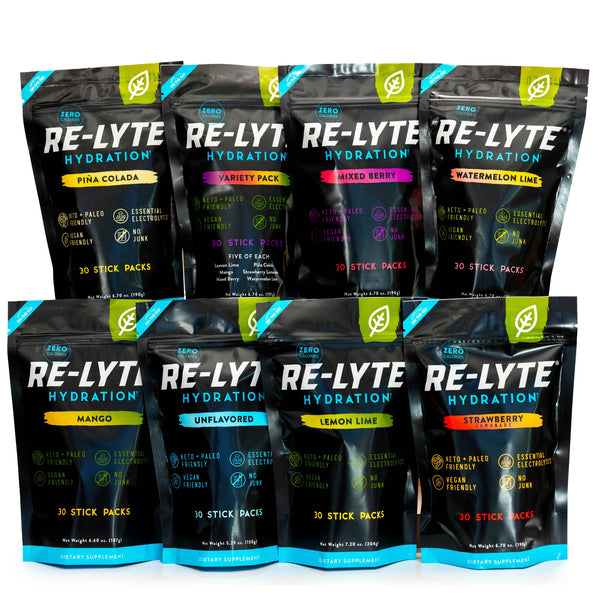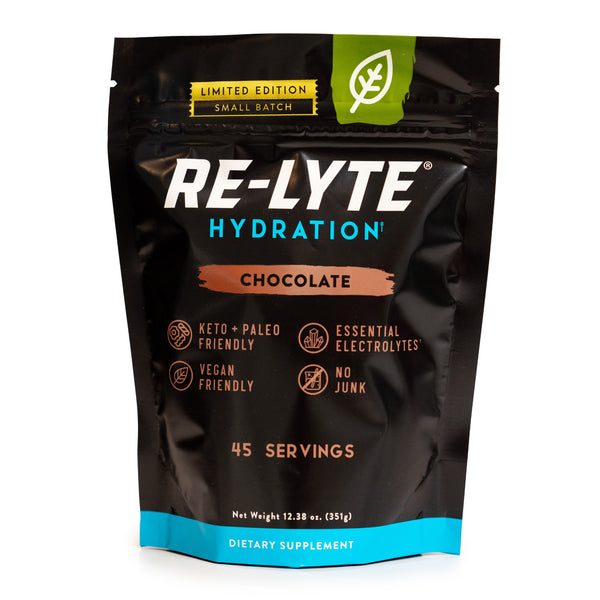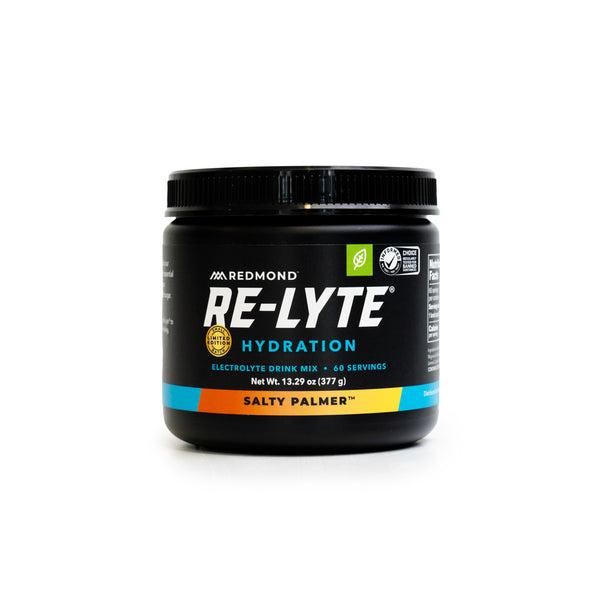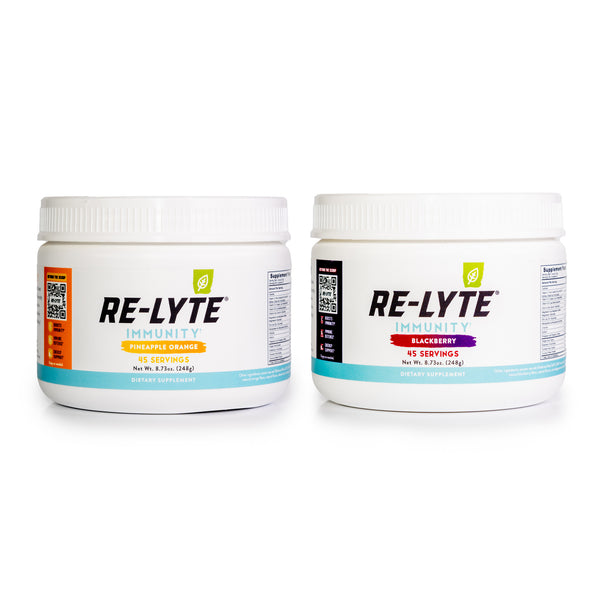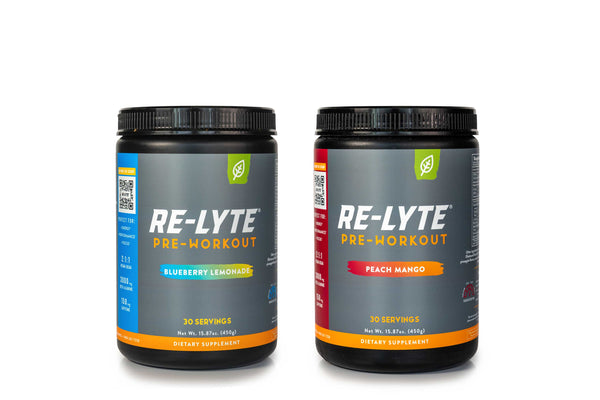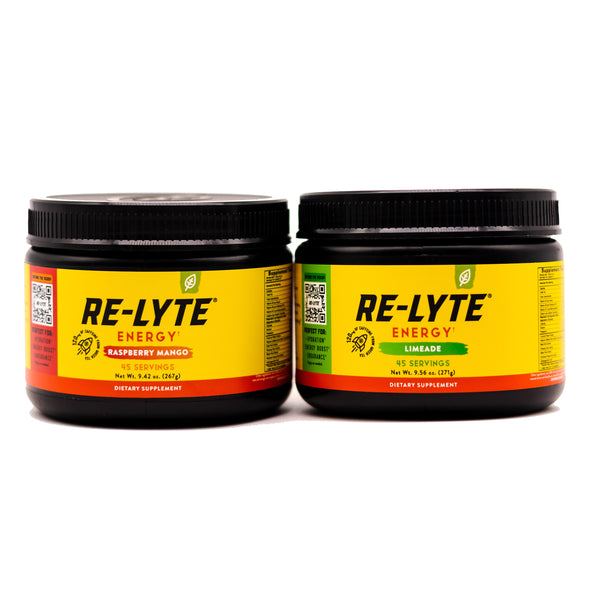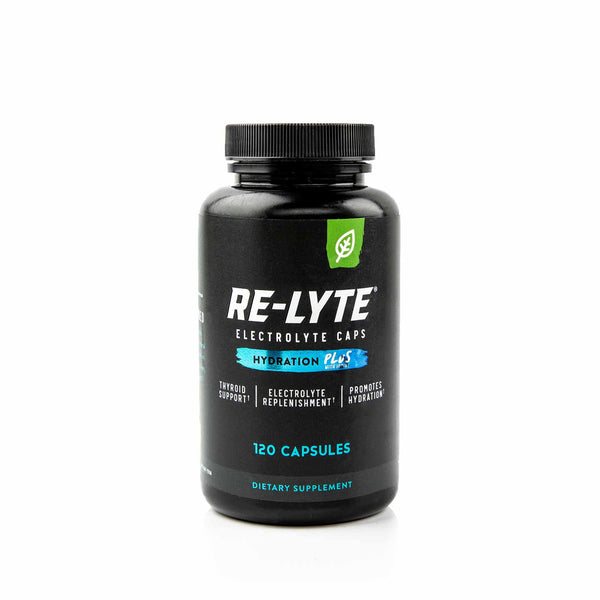Fasting: How to Prepare Your Mind, Body, and Fasting Tools
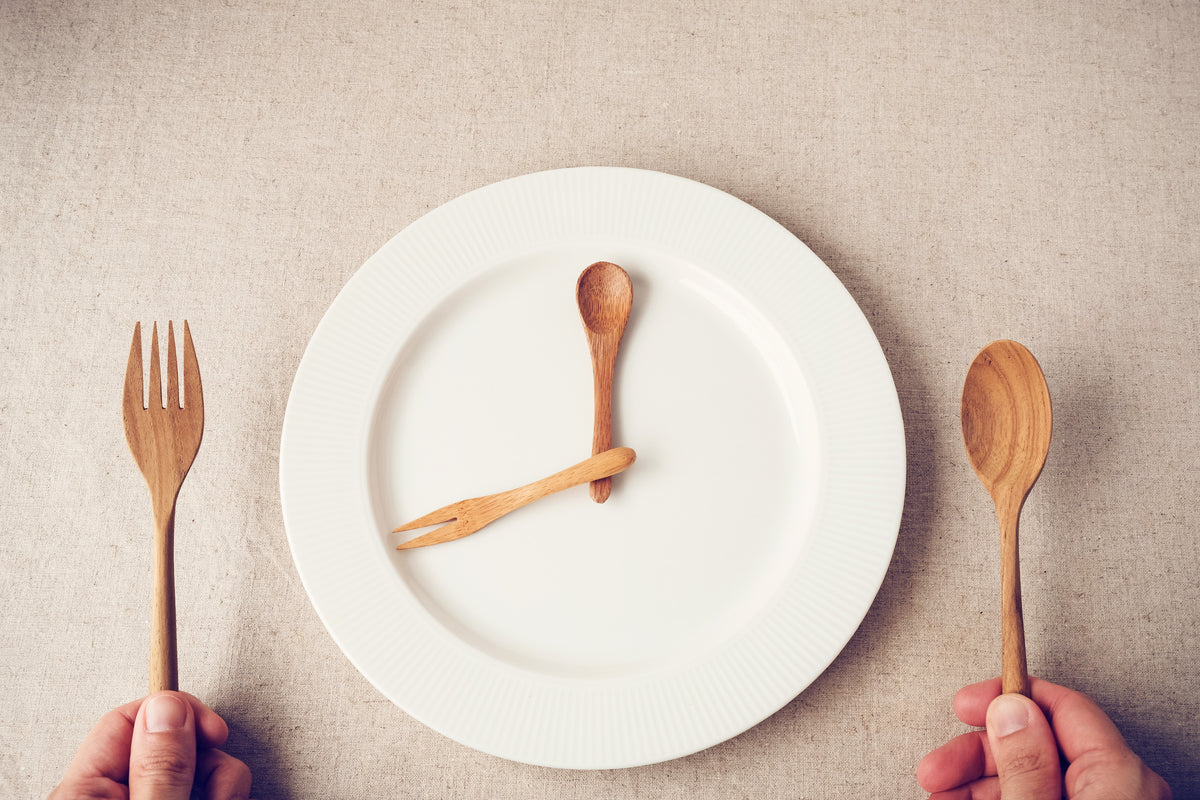
Article at a Glance:
- Fasting can be intimidating, but preparing your mind, body, and tools in advance can reduce anxiety and make it an enjoyable experience.
- Avoiding comparisons, declaring your intention, and setting a reasonably flexible duration goal are key to mental preparation.
- Don’t overeat before fasting and go slow when you start eating again; set a flexible exercise plan.
- Prepare your fasting tools–electrolytes, drinks, etc.–in advance so you aren’t scrambling after you begin.
- Plan to keep yourself busy during your fast to keep your mind off your habit of eating multiple times a day.
If you are reading this, congratulations for your willingness to consider fasting! You probably read about the many benefits of fasting (reduced insulin resistance, reduced inflammation, delayed aging, better brain health, weight loss, and more), weighed the downsides, and may be wondering how to begin. There are numerous approaches, and it can be really confusing if you are searching the internet rabbit hole to learn how to do it “right”. We are not doctors or dietitians, but we do have a few fasts under our belt and put together some tips to consider when preparing for a fast. We’ve divided these tips into three categories—mind, body, and fasting tools.
Prepare Your Mind
Fasting will be much easier with the proper mental preparation.
The most important tips to remember for your fast are first, be kind to yourself and second, do not compare your experience to anyone else’s. Whether you find fasting easy or difficult depends on a host of complex factors that are constantly changing. You can listen and learn from a friend’s fasting experience, but don’t compare it to yours. There is no one in the world like you and whatever goals, struggles, or successes you have cannot be weighed against anyone else’s.
Tip 3 is to set your intention. Are you hoping to give your digestive system a break, stabilize your blood sugar, promote autophagy (cell recycling), lose weight, prove you can do it, or something else? Having your purpose in mind and reminding yourself of that purpose—whether through notes on your mirror, scheduled reminders, or random notifications—will make your fast much easier.
Tip 4. With your purpose firmly in mind, set a goal for how long you want to fast and mentally prepare for it. Will you fast for 14 hours? 36? Longer? If you are new to fasting, you may want to start by fasting one or two meals to show your body and yourself that you can do it. After you’ve tried one or a few short fasts, set a longer goal. In deciding on a goal, you may want to consult with a doctor, and definitely should, if you plan for a long fast or have diabetes, an eating disorder, medications, or other health condition.
Remember that your journey and your goals are yours alone and should be reasonably flexible. If you are feeling great after crushing that 24-hour goal, consider extending. Similarly, if you are feeling sick or light headed only part-way to your goal, you may need to adjust your goal to something less ambitious. Listen to your body and live YOUR unique journey. Remember tips #1 and #2.
Tip 5 is optional—Tell your friends, fast with others, or join a fasting community (Redmond Fasting is our favorite.) Fasting can be a rollercoaster where you feel great after 18 hours, ravenous at 26, and back to energized after 31. Having friends fasting with you or cheering you on will help you push through the rough patches. A community can also be a helpful resource if you have questions or experience unexpected symptoms. That said, a fan club is not required and some people prefer to keep their goals private. There is no right or wrong approach.
Prepare Your Body
There are lots of theories and no one “right” way to prepare your body for a fast.
Meal planning before a fast. Just as there is no one way to fast, there is no “required” diet before beginning a fast. Some people will plan special meals in the days before a fast while others eat as they normally would. Most experts will tell you to aim for low carb meals in the day or two before your fast begins because your body will enter the ketosis phase (where it is burning fat instead of sugar) sooner if you haven’t loaded up on carbs right before the fast. It is also ideal if the last few meals before a fast include plenty of healthy fats (nuts, seeds, avocado, fish, olive oil, etc). You should also load up on water and electrolytes before the fast to help avoid dehydration when you start fasting.
Whatever you decide to eat, we strongly suggest that your meals be normal or smaller sized. Overeating is never good for you. You are going to get hungry at some point and we’ve noticed that the hunger pains in the first 24 hours are worse if we tried to postpone the inevitable by stuffing ourselves right before a fast.
Meal planning for after a fast. Do not plan to eat a carb-filled feast after your fast, no matter how hungry you think you feel. Your digestive system has been taking a much-needed rest and may need some time to get going again, especially if you plan to complete a prolonged fast. If you only skipped a meal or two, break your fast with a small and healthy mix of steamed vegetables, lean protein, and healthy fats. If this is your first time fasting for a couple days or more, plan to break your fast with bone broth, a small piece of lean protein, or maybe an egg and wait a few hours to see how you feel before eating more. You can customize your post-fast menu after you have completed a few fasts and know how your body responds.
Exercise planning for a fast. Continue your regular exercise routine in the days before your fast. Your exercise plan during your fast should be tailored to you. Do make time to exercise (with plenty of water and electrolytes!), but there are benefits and risks, so whether your exercise is a brisk walk or intense interval training depends on your situation. A fast of less than 40 hours likely won’t require a change in your normal exercise routine, but if you are planning for a longer fast you should adjust your intensity—slow down the treadmill, use less resistance, rest longer between sets and/or do fewer repetitions. Remember that your body is only using internal energy storage and listen when it tells you it needs a break or is done.
Prepare Your Fasting Tools
With your mind and body ready to go, our final tips relate to using fasting tools and having them ready before you start fasting.
In terms of special equipment, fasting is like running—you technically could do it barefoot and naked, but it is safer and more comfortable if you adopt at least some of the available tools or equipment.
Electrolytes and vitamins. Staying hydrated is a critical component of your fast and you should plan to drink a lot of water (some experts recommend at least doubling your water intake). But water is only part of the hydration equation. Your water intake must be balanced with electrolytes for the reasons outlined here. In our completely biased opinion, Re-Lyte Hydration is the best source of electrolytes for fasting, since all varieties contain zero calories and won’t break your fast.
Your body will also need its daily dose of vitamins. So keep taking whatever vitamins you already take or, if you don’t usually take vitamins, consider taking a daily multivitamin. (Talk to your doctor or nutritionist if you have questions.) Be sure the vitamins are zero- or low-calories (less than ten) and not the sugar-filled kind. Have electrolytes and vitamins on hand and ready to go before you start fasting; it is easier to stay hydrated than play catch up.
Natural zero- or very low-calorie drinks. Speaking very generally, when it comes to drinks there are two fasting schools of thought: School one, sometimes called “clean fasting,” says that ingesting any calories will break a fast because it gives your body energy to burn. School two, often called “dirty fasting,” says that a small number of calories (50 is a popular number, but we haven’t found a scientific basis for it) will not break a fast because such a small number of calories will not disrupt ketosis. That said, even “clean” fasting fans agree that a clean fast can include black coffee, black or green tea, and most herbal teas (do not add any cream or sweeteners) even though these drinks have 2-4 calories per cup. As noted earlier, Re-Lyte Hydration contains zero calories. Some people like to make a “faux broth” from hot water and Real Salt Organic Season Salt (our biased favorite!) or some other unsweetened, all-natural seasoning mix. Whatever you choose, stick to clean ingredients. Your body trying to detox and artificial sweeteners may negatively affect your gut bacteria in addition to raising your insulin levels.
Prepare non-eating activities. One consequence of fasting is that the time you previously spent preparing meals, eating, and cleaning up will now be available for something else. Don’t spend it thinking about food! Instead, plan in advance and schedule that time for something productive–go for nice long walks with your favorite audiobook or podcast, tackle a home or yard project, meditate, or treat yourself to a movie marathon. The time will pass faster and you won’t notice the hunger as much if you keep your mind busy on other things.
Record keeping tools and fasting apps. A runner doesn’t need a Fitbit or fitness app, but it’s fun and motivating to record your miles and track your health. Similarly, it can be motivating to see how long you’ve been fasting, keep track of your progress, and watch yourself improve over time. You can use whatever works for you—a clock and a notepad, timer and spreadsheet, or one of the many fasting apps available for smartphones.
Monitoring equipment. This is also completely optional unless you have a medical condition or your doctor recommended it. Those who aren’t required to monitor health indicators (glucose, ketones, weight, blood pressure, etc.) for medical reasons may like to monitor them out of curiosity and the satisfaction that comes with positive changes. If you plan to monitor, be sure to have the necessary equipment on hand, have a method of recording the measurements, and take each measurement before you begin your fast to create a baseline.
Summary: The idea of fasting, particularly prolonged fasting, may be intimidating, but preparing your mind and body, and having a few tools can make it much easier to reap the life-changing benefits. There are lots of resources that outline the details we’ve only briefly summarized here. If you’re interested, here are a few places to continue your research:
- Thomas DeLauer’s video Guide to Prolonged Fasting
- Thomas DeLauer’s video on Breaking a Prolonged Fast
- Jason Fung’s Complete Guide to Fasting
And here are a few resources on the benefits of fasting:
- Detailed article published in Nutrients, an international peer-reviewed journal, on the Traditional and Medical Applications of Fasting
- Healthline’s 8 Health Benefits of Fasting, Backed by Science
- Research study examining Safety, health improvement and well-being during a 4 to 21-day fasting period in an observational study including 1422 subjects
- Boulder Medical Center’s The science, methods, and benefits of fasting
Comments (1)

I am amazed! Thank you for the great information you have provided, is very helpful for me since I have never fast before and reading all the benefits it can bring makes me think that I should definitely give it a try.
Awesome article!


